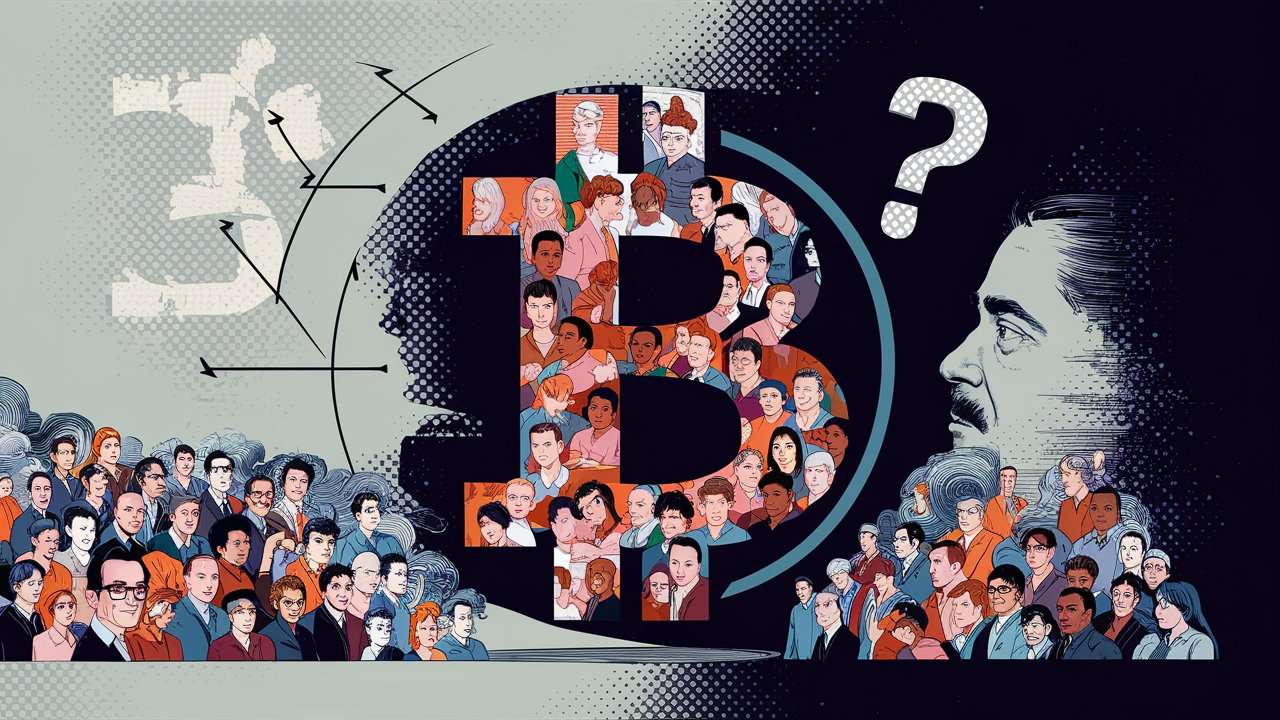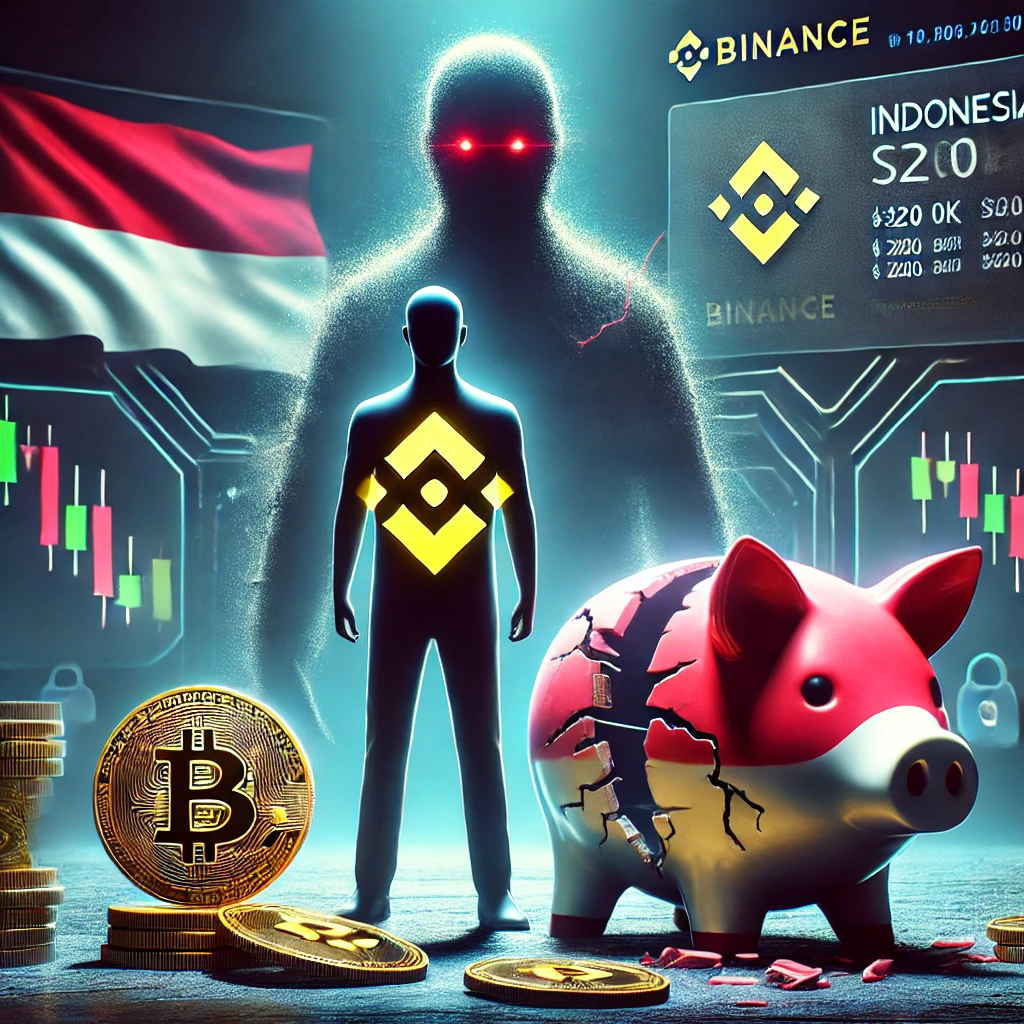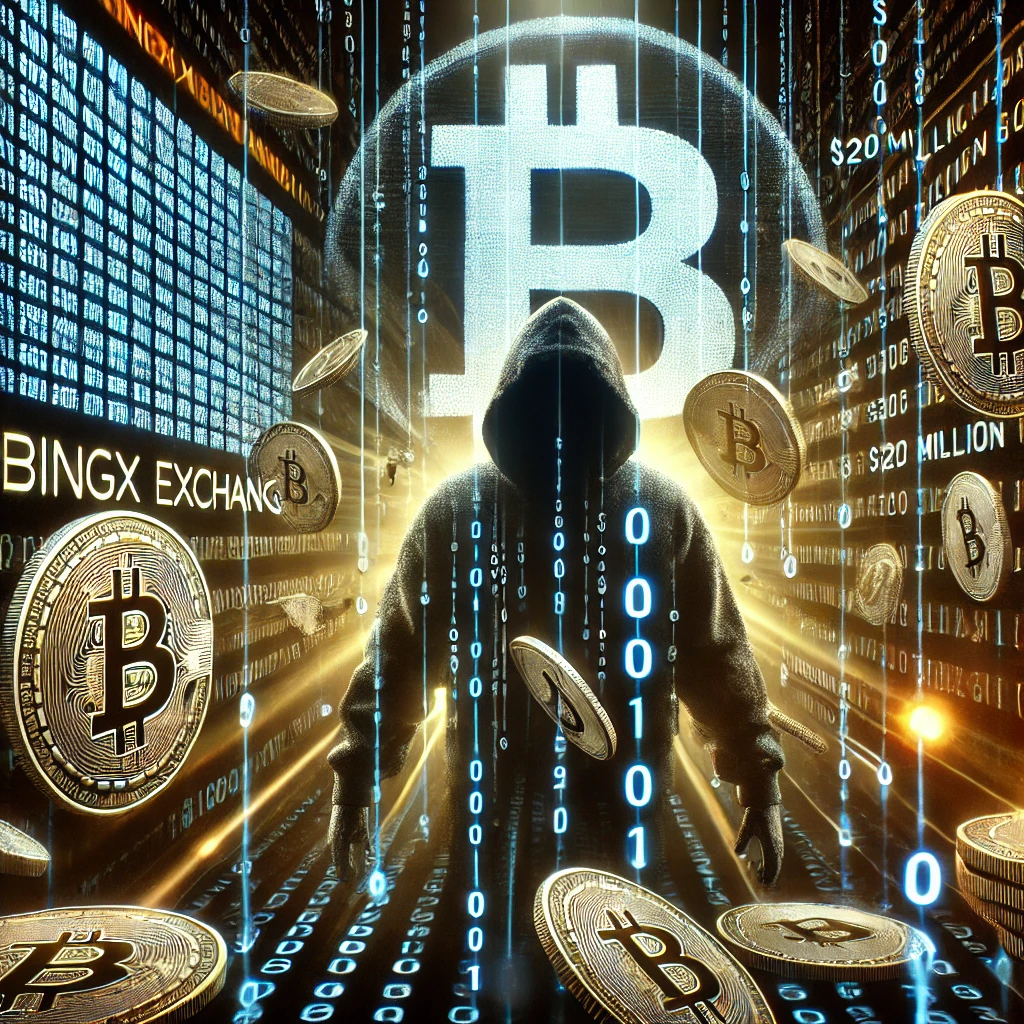
Estimated reading time: 4 minutes
On July 13, 2024, the digital currency community is a buzz with speculation about Bitcoin’s control and distribution. The anonymity of Bitcoin’s creator, Satoshi Nakamoto, is a key factor in this discussion. Nakamoto holds an estimated 1 million BTC, worth billions at current market prices, making him the largest individual Bitcoin holder. This substantial holding has never moved, adding to the mystery surrounding Bitcoin’s origins and its decentralized nature.
Table of contents
Institutional investments and major holders
Institutional investments have significantly influenced Bitcoin’s ownership. The Grayscale Bitcoin Trust (GBTC) is a prominent entity, holding over 640,000 BTC. This investment vehicle allows institutional and accredited investors to gain Bitcoin exposure without direct ownership. Grayscale’s holdings highlight the growing institutional interest and influence in the Bitcoin market.
MicroStrategy, led by CEO Michael Saylor, holds over 140,000 BTC. Saylor advocates for Bitcoin as a hedge against inflation, calling it “the apex property of the human race.” Cryptocurrency exchanges like Binance and Bitfinex collectively hold nearly 450,000 BTC. These platforms facilitate trading and provide custody services, consolidating significant Bitcoin amounts.
The concentration of Bitcoin in a few hands raises concerns about market manipulation and control. A small number of entities, often called “whales,” hold substantial Bitcoin quantities. Their trading actions can significantly impact market prices, leading to volatility. Bitcoin’s transparent blockchain allows tracking of these large holdings, but the identities behind them often remain unknown.
Decentralized governance and network control
Bitcoin’s decentralized nature roots its governance. No single entity controls Bitcoin; a decentralized network operates it. Developers, miners, and node operators maintain this decentralization through a consensus mechanism.
The Bitcoin Core development team, consisting of volunteer developers, plays a critical role. They maintain Bitcoin’s reference software. Proposers suggest changes to Bitcoin through Bitcoin Improvement Proposals (BIPs), which the community must agree upon for implementation. This process ensures that no single party can make unilateral changes.
Miners are crucial in securing the network by validating transactions and adding them to the blockchain. They are rewarded with newly minted Bitcoins and transaction fees. Mining pools, groups of miners combining their computational power, dominate Bitcoin mining. This has led to concerns about potential centralization within mining, although the distribution of mining power can change as new participants enter the space.
Soft forks and hard forks are mechanisms for Bitcoin to undergo changes. Soft forks are backward-compatible updates, like the Segregated Witness (SegWit) upgrade in 2017, aimed at improving transaction efficiency and scalability. Hard forks result in a split of the blockchain into two separate chains, creating a new cryptocurrency version. Bitcoin Cash, created in 2017, is a notable example of a hard fork resulting from disagreements over Bitcoin’s scalability solutions.
Major Bitcoin holders and governance structure
Major Bitcoin Holders (Top Entities)
| Entity | Estimated BTC Holdings |
| Satoshi Nakamoto | ~1,000,000 BTC |
| Grayscale Bitcoin Trust (GBTC) | 640,000+ BTC |
| Binance | ~250,000 BTC |
| Bitfinex | ~200,000 BTC |
| MicroStrategy | ~140,000 BTC |
Bitcoin governance structure
Bitcoin’s governance structure ensures its decentralized nature. The involvement of users, nodes, developers, and miners in the decision-making process maintains this decentralization.
| Users: | Participate in the network. |
| Nodes: | Run Bitcoin Core and verify transactions. |
| Developers: | Submit Bitcoin Improvement Proposals (BIPs). |
| Community: | Achieves consensus on proposed changes. |
| Miners: | Validate transactions and add blocks to the blockchain. |
| Blockchain: | Secures the network. |
The community-driven development process is fundamental to Bitcoin’s ethos and operational integrity. This structure ensures that while certain entities hold significant influence, the control is ultimately distributed.
Take away
The Bitcoin community’s role is significant. Users, developers, and stakeholders collectively contribute to Bitcoin’s direction. While large holders and developers have considerable influence, the network’s ultimate control is distributed among its participants.
Read more: Bitcoin Price Could Hit $330K as Institutions Buy the Dip
Discover more from The African Crypto
Subscribe to get the latest posts sent to your email.










